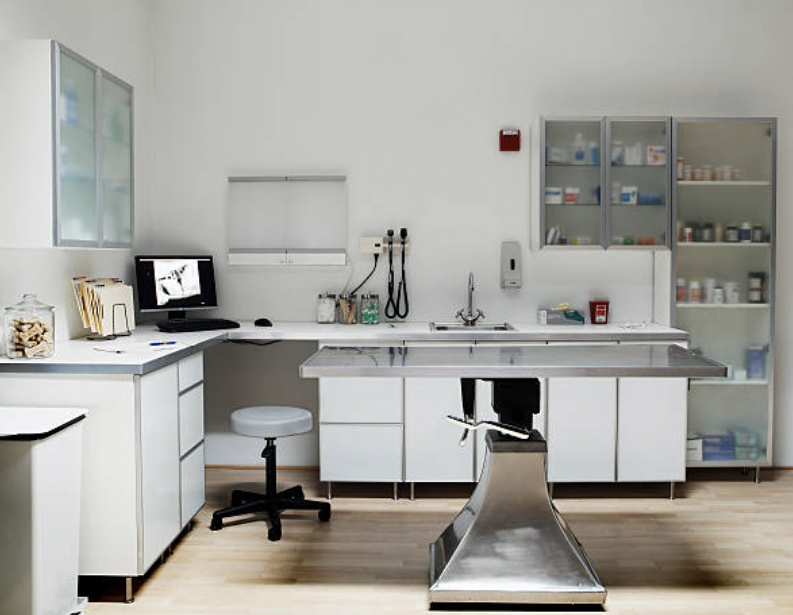Are You Ready for an OSHA Inspection? Here’s How to Ensure Your Clinic is Up to Par
Imagine this: an OSHA compliance officer walks into your clinic today. Are you confident that your workplace meets all the necessary safety standards? It’s not just about passing an inspection; it’s about fostering a safe environment for your team every day.
In the bustling environment of a veterinary clinic, where the unexpected can be expected, maintaining compliance with OSHA standards is crucial. While it’s impossible to eliminate all hazards, understanding and managing them is key to safeguarding your team.
Identifying Hazards: The First Step to Safety
Start with a thorough walkthrough of your clinic. Look for anything that could potentially harm your staff or clients—from exposed wires to slippery floors. Engage your team in this process; often, they’ll spot risks that aren’t immediately obvious.
Conduct a hazard analysis by considering what could go wrong and the potential consequences. This should be an ongoing process, revisited annually or whenever new equipment or procedures are introduced.
Crafting Your Safety Plan
Once you’ve identified potential risks, prioritize them using a risk assessment matrix. This will help you tackle the most severe hazards first. Then, consult the OSHA Hierarchy of Controls to determine the best ways to mitigate these risks. Can a hazard be eliminated, or can you substitute safer processes or tools? If not, what administrative controls or personal protective equipment (PPE) can you implement to protect your staff?
Engaging Your Team in Safety Practices
Safety is a team effort. Involve your staff in developing and implementing your safety plan. Regular training sessions are crucial, not just for compliance, but for ensuring everyone knows how to protect themselves and their colleagues. Consider appointing a dedicated OSHA safety officer to keep your safety standards current and effective.
Implementing and Evolving Your Safety Protocols
With your safety plan in place, it’s time to put it into action. Make sure your safety manual is accessible—both in print and digitally—so staff can refer to it as needed. Regularly review and update your protocols to adapt to any changes in your clinic, such as new equipment or procedures.
Creating a Culture of Safety
Ultimately, compliance isn’t just about avoiding fines; it’s about creating a workplace where safety is ingrained in the culture. Encourage open communication about potential hazards. Regularly train and retrain your team on safety protocols. By making safety a core aspect of your clinic’s operations, you protect not just your team, but the animals in your care, and your business’s future.
Conclusion
Being prepared for an OSHA inspection means more than just ticking boxes. It’s about continuous commitment to safety and health in your workplace. Start with a solid foundation of hazard identification and safety planning, engage your team in every step, and foster an environment where safety is second nature. Not only will this prepare you for any OSHA visit, but it will also create a safer, more efficient, and more harmonious workplace.
Remember, a safe clinic is a successful clinic. By taking these steps, you’re not just complying with regulations; you’re also showing your team and your clients that you care about their well-being.



